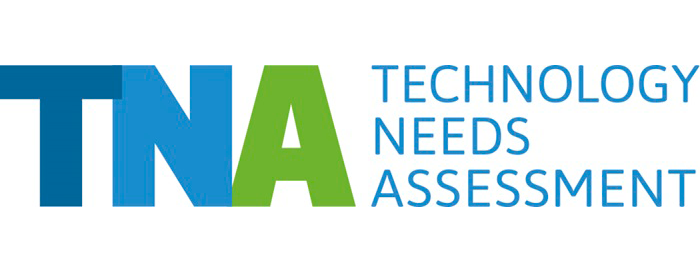By Vladimir Hecl, UNFCCC

Technology needs assessments of developing countries have been undertaken for more than two decades. Their aim is to track evolving needs for new equipment, techniques, practical knowledge and skills to mitigate greenhouse gas emissions and adapt to the adverse impacts of climate change.
The TNA process produces concrete technology needs, it maps barriers and suggests enabling environments to overcome these barriers. The TNAs also produce a series of project proposals and in the latest assessments, also Technology Action Plans (TAPs).
However, TNA and TAPs certainly have potential to deliver more.
The TNA stakeholders can be more ambitious in terms of bringing projects to life, to benefit societies through climate technology mitigation and adaptation projects. Whether through governmental programs and strategies, or climate technology inclusive projects.
But how do we reach this potential, that exists outside of the reports and plans?
First of all, the ball is in court of the participating countries. But investors and donors also need to step in and join their efforts. Today, countries have great opportunities to expand their TNAs beyond the borders of being the written reports and plans.
Linking TNAs with Nationally Determined Contributions and National Adaptation Plans allows for stronger promotion of the technology work, and for broadening its implementation potential via attracting much larger portfolio of donors. Countries may also consider to engage National Designated Entities from the start of the TNA process, to facilitate on demands for technical assistance.
And last, but not least, good practices from TNA and TAP implementation have shown that a strong champion behind the TNA, and involvement of funders and financial sector representatives, are one of the main factors of turning good TNA and TAP results into projects on the ground.
The Technology team of the UNFCCC in tight collaboration with UNEP DTU Partnership stand ready to further assist countries to turn their good work on Technology Action Plans and project ideas into real projects, to contribute to closing the implementation gap, a key part of the global action against climate change.
